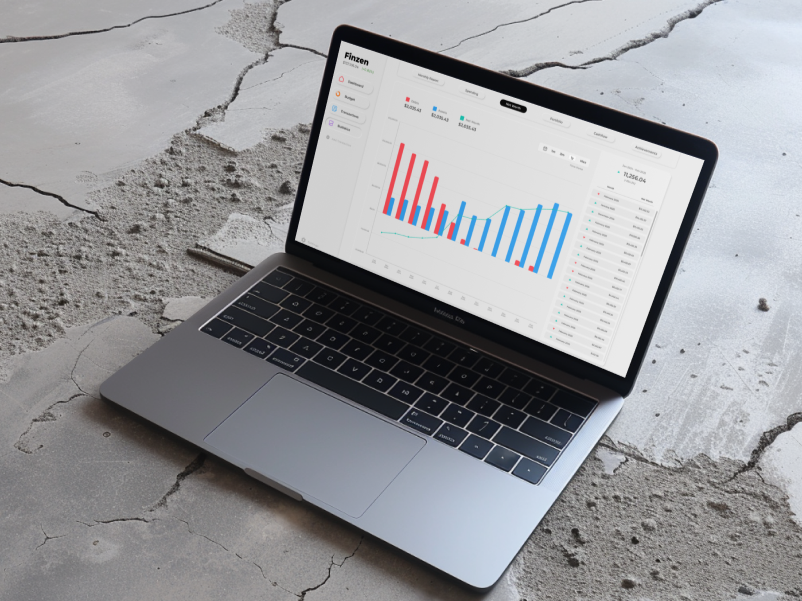
The world of finance is undergoing a seismic shift. Decentralized Finance, or DeFi, is emerging as one of the most transformative developments in the financial landscape. By leveraging blockchain technology, DeFi offers a new approach to managing, investing, and growing money—one that bypasses traditional financial institutions. But what exactly is DeFi, and how might it reshape personal finance strategies? In this article, we’ll break it down and explore how this growing trend could impact your financial future.
1. What is DeFi? (Explained Simply)
Decentralized Finance, or DeFi, refers to a collection of financial services built on blockchain technology—a transparent, decentralized ledger that records transactions. Unlike traditional financial systems that rely on banks or other intermediaries, DeFi operates on smart contracts: self-executing programs on blockchain networks like Ethereum. These smart contracts remove the need for a middleman, allowing individuals to interact directly with financial services.
To put it simply, DeFi enables users to lend, borrow, trade, and earn interest on digital assets without going through a bank. Think of it as an open financial ecosystem that anyone with an internet connection can access. Instead of relying on a centralized institution to approve transactions, DeFi uses algorithms and protocols to execute them, creating a system that is global, inclusive, and transparent.
2. Why DeFi Matters to Personal Finance
Traditional financial systems can be exclusive, often requiring credit checks, bank accounts, or residency in specific countries. DeFi breaks these barriers by offering financial tools to anyone with a smartphone and an internet connection. This inclusivity is particularly impactful in regions with limited banking infrastructure. DeFi also gives users complete ownership of their assets. Instead of depositing funds into a bank that decides how to manage them, DeFi allows you to retain control through your digital wallet. You decide where and how to invest, and you’re not reliant on centralized entities that could impose restrictions or fees. Beyond accessibility and control, the DeFi space is teeming with opportunities that don’t exist in traditional finance. Yield farming, staking, and tokenized investments are just a few examples of how DeFi is creating new ways to grow wealth. These innovations offer potential for higher returns, albeit with higher risks.
3. Simple DeFi Strategies for Beginners
If you’re new to DeFi, it’s important to start with straightforward strategies. Stablecoins, for instance, are cryptocurrencies pegged to stable assets like the US dollar. Platforms like Aave or Compound allow users to deposit stablecoins and earn interest, often at rates higher than traditional savings accounts. This strategy provides a low-risk entry point into DeFi. Another beginner-friendly approach is lending and borrowing. DeFi platforms enable users to lend their digital assets to others and earn interest in return.
Staking is another accessible strategy. By participating in the validation of blockchain transactions and locking up your cryptocurrency in a staking pool, you can earn rewards, often in the form of additional tokens. This approach supports network security while generating passive income. And finally, Decentralized exchanges (DEXs) like Uniswap or SushiSwap allow users to provide liquidity by depositing pairs of cryptocurrencies. In exchange, you earn a portion of the trading fees generated on the platform. While lucrative, this strategy comes with risks like impermanent loss, so proceed cautiously and do your research.
4. Risks to Consider
As exciting as DeFi is, it’s not without its risks. Smart contracts, while revolutionary, are only as secure as the code that powers them. Bugs or vulnerabilities can be exploited by hackers, leading to loss of funds. Cryptocurrencies themselves are notoriously volatile, and their value can swing dramatically, impacting the returns on DeFi investments. Additionally, governments around the world are still figuring out how to regulate DeFi. Sudden regulatory changes could affect the value or usability of certain platforms and tokens. Not all DeFi projects are trustworthy. Some developers launch projects, attract funds, and then disappear with investors' money. Researching thoroughly and sticking to well-established platforms is essential.
5. Conclusion
DeFi represents a bold step forward in the evolution of personal finance. By removing traditional barriers and introducing innovative ways to grow wealth, it has the potential to democratize access to financial tools and reshape the way we manage money. However, like any financial system, it comes with risks that require careful consideration. For those willing to explore and learn, DeFi offers an exciting frontier of opportunity. Whether it’s earning interest on stablecoins or experimenting with staking, there’s a strategy for every level of investor. As this space continues to evolve, staying informed and approaching with caution will be key to unlocking its full potential. DeFiLlama.com is a great place to get an overview of the DeFi space, and Finzen’s asset tracking is built with DeFi in mind.


